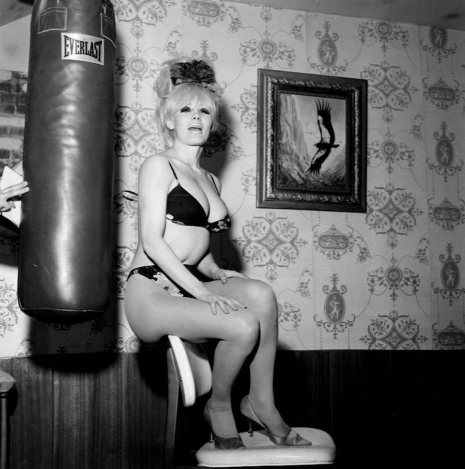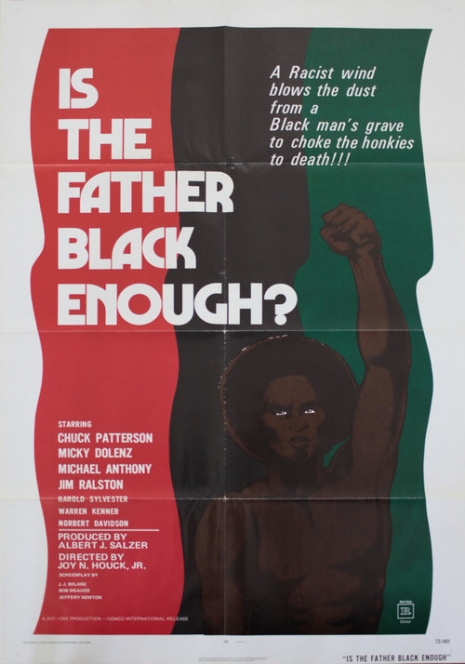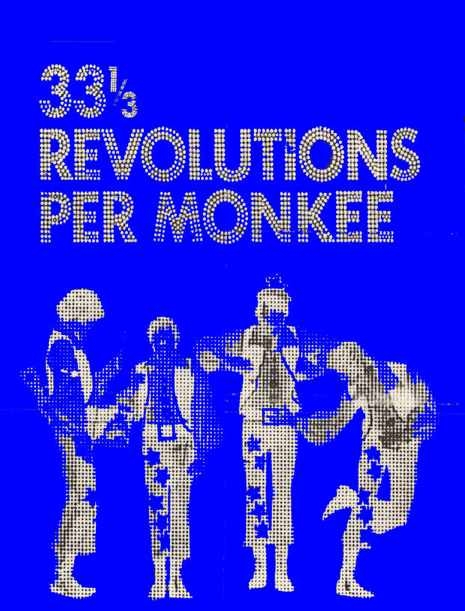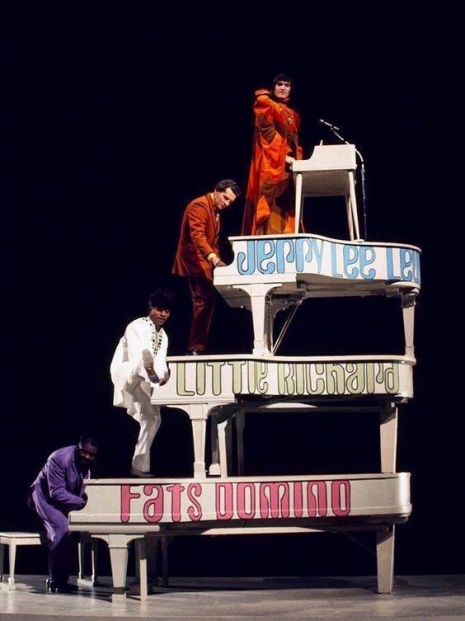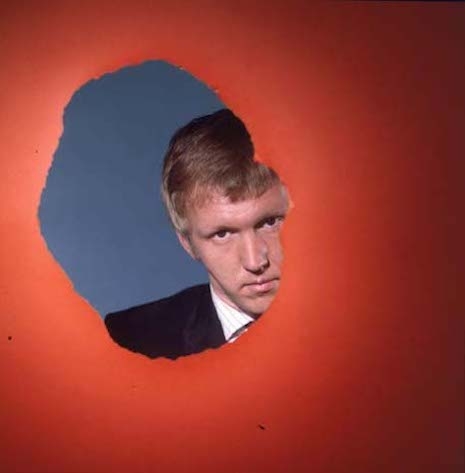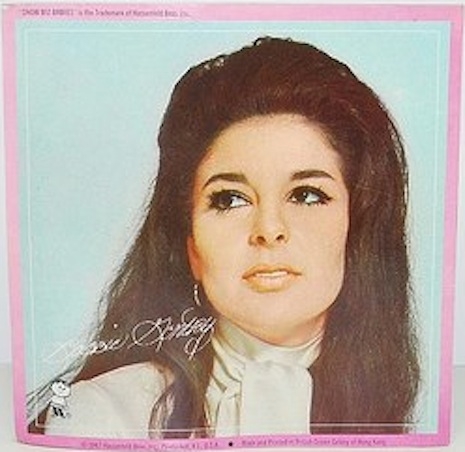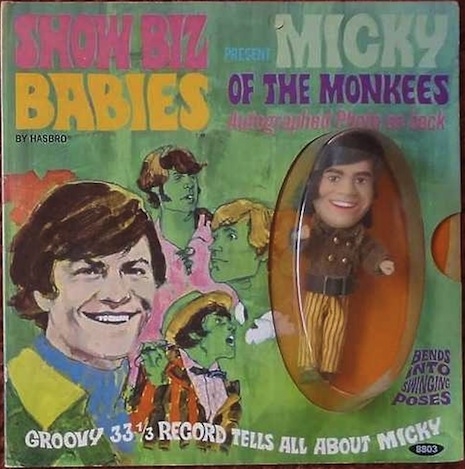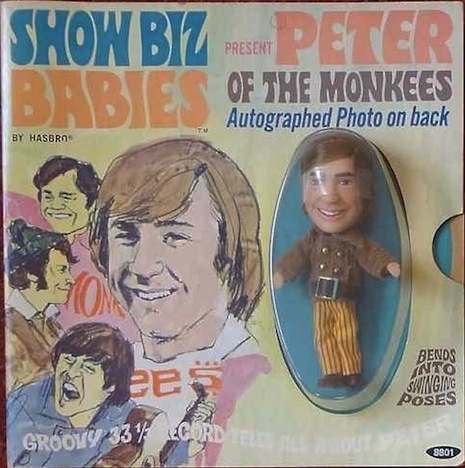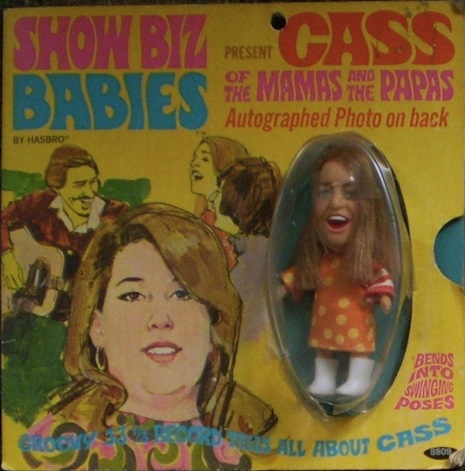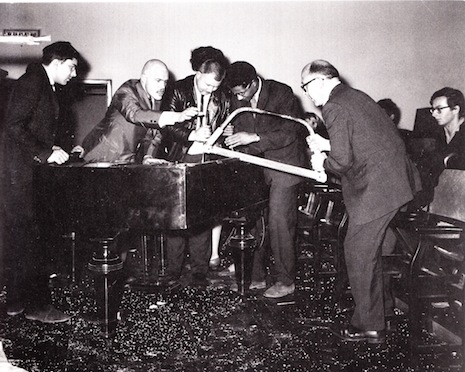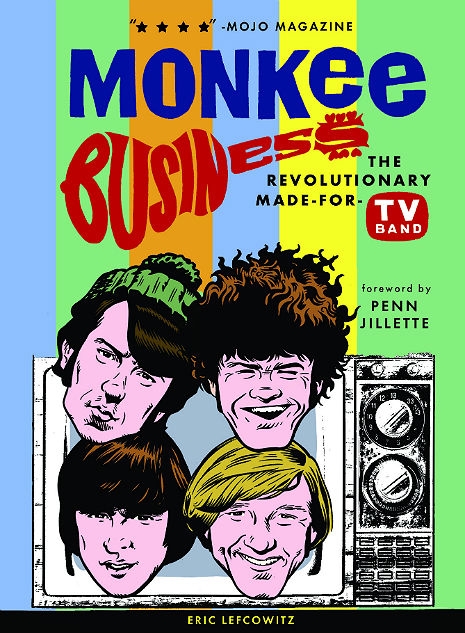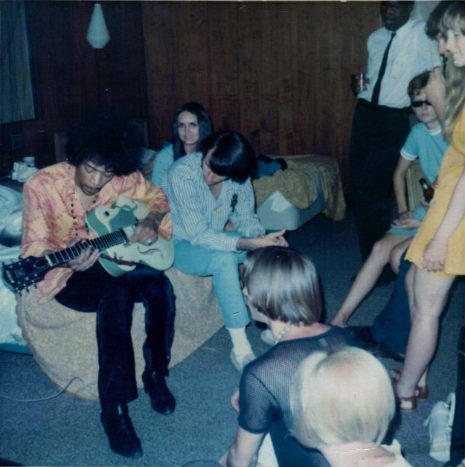
As the son of Anne Meara and Jerry Stiller—both alums of Second City—Ben Stiller was an early inheritor of the improv tradition that today is a key element of all big-budget comedies. Stiller’s career got an early boost after he wrote, directed, and starred in “The Hustler Of Money,” a remarkably dead-on and suitably high-octane takedown of Martin Scorsese’s 1986 movie The Color of Money, which appeared on Saturday Night Live when Stiller was just 21 years old. It took only a few years for Stiller to be running his own sketch show on Fox, a show that more than any other can be said to contain the originating DNA for the coming generation of comedy (which is now entering its dotage). The writing staff of The Ben Stiller Show featured not only Stiller but also Judd Apatow as well as Bob Odenkirk and David Cross, who would spearhead their own daffy sketch intervention called Mr. Show, which HBO fitfully supported for several years in the late 1990s.
In January 1992 Nirvana played Saturday Night Live, in a moment that cemented the status of grunge as the sorely needed generational response to the calcified pop scene in which the likes of C+C Music Factory, Paula Abdul, and Bryan Adams could dominate the charts. The first season of The Ben Stiller Show began in the autumn of the same year, and sure enough, it aimed its satirical eye at Nirvana and its Seattle cohort of Gen-X rock bands.
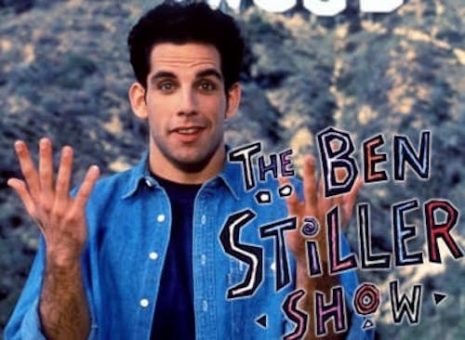
In “The Grungies,” the eponymous quartet, occupants of a single Seattle apartment, has the imprudently uncommercial practice of destroying its instruments onstage. Wearing flannel and Doc Martens (of course), Stiller’s “Jonsie” has the goatee of Soundgarden’s Chris Cornell and (eventually) sings like Kurt Cobain, while the fellow playing the wordless goon “Tork” is assigned the task of adopting Cobain’s trademark blond mop of a hairdo. Stiller and Co. brilliantly adapt the Monkees TV template to land its barbs; the conventions of that show are mimicked with such loving perfection that one suspects the presence of a ringer—a hunch confirmed when Micky Dolenz himself materializes promising a pile of major-label cash.
Watch it after the jump…










